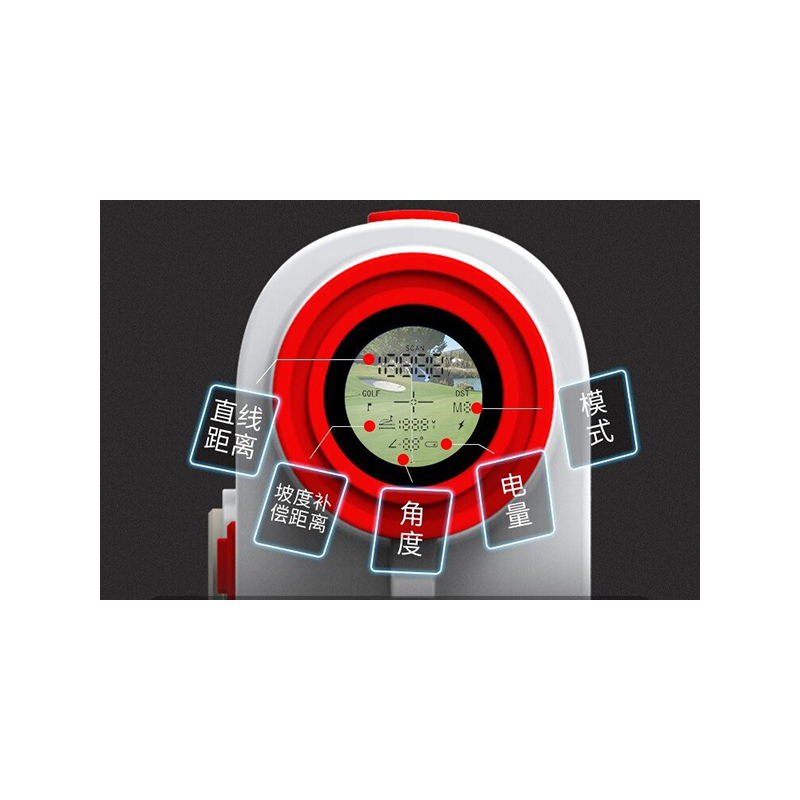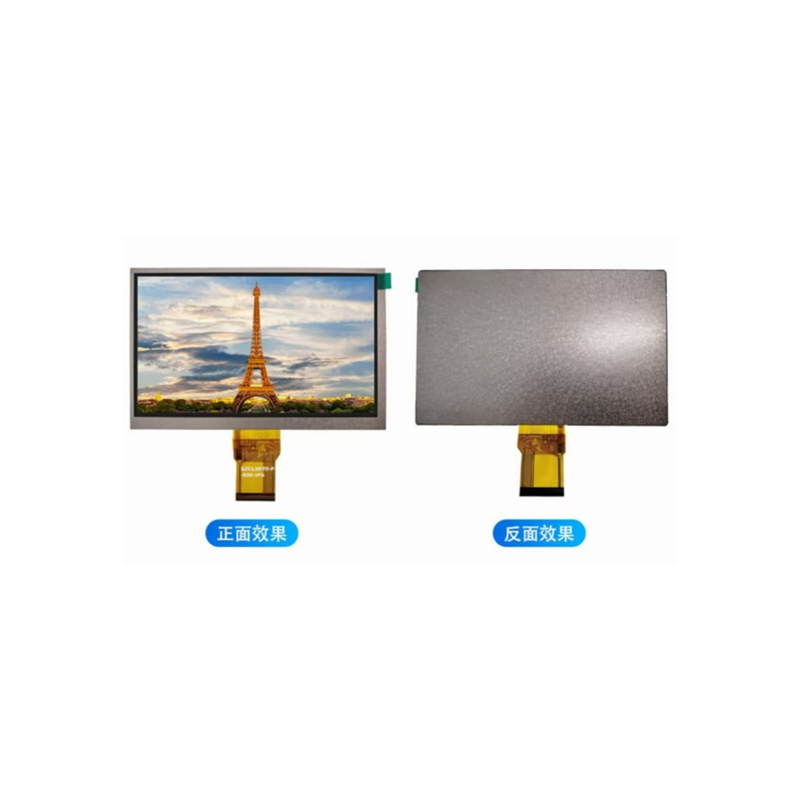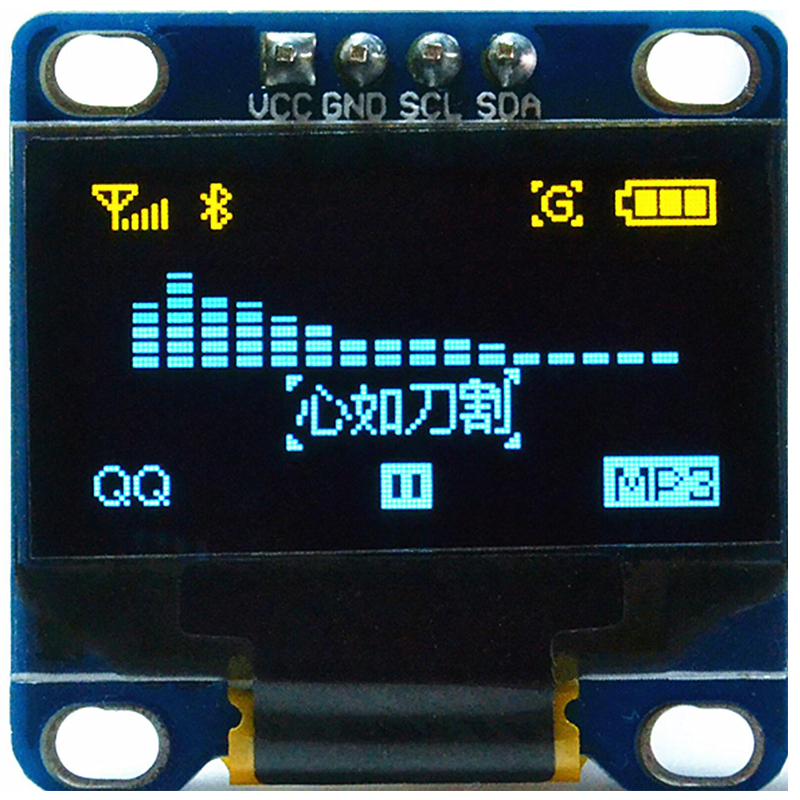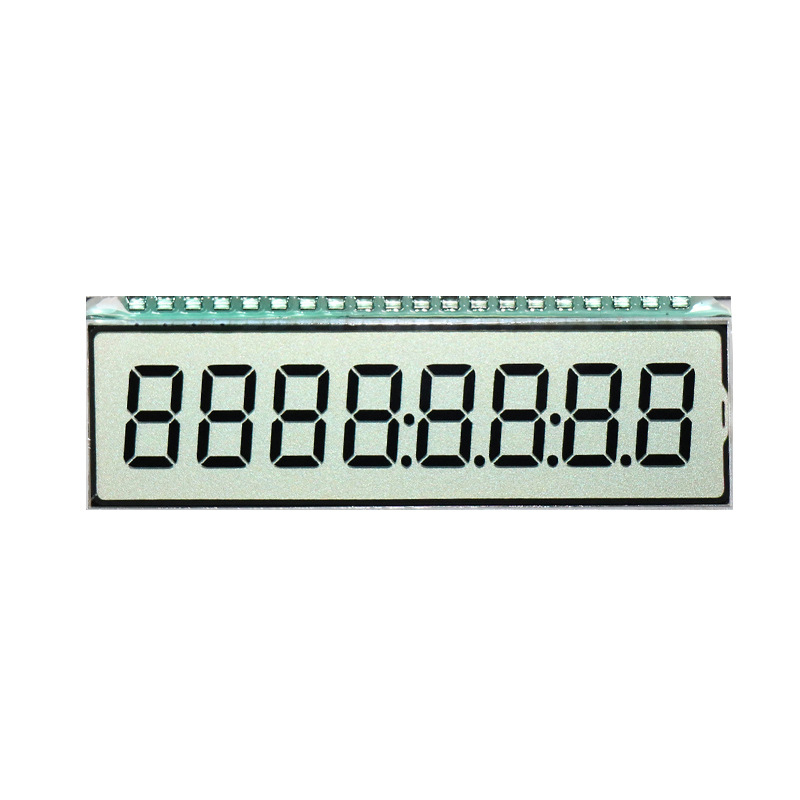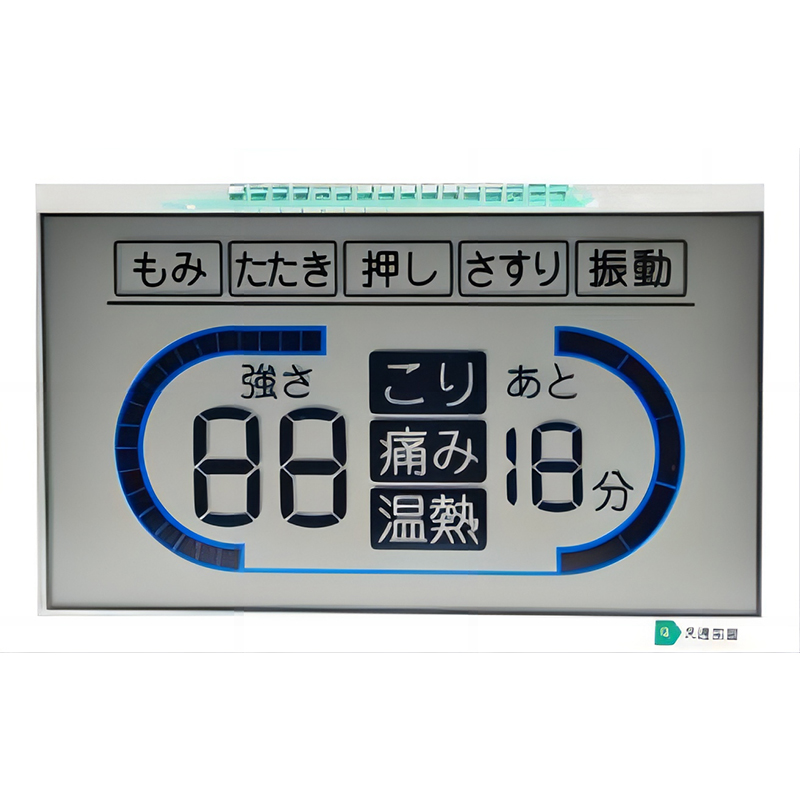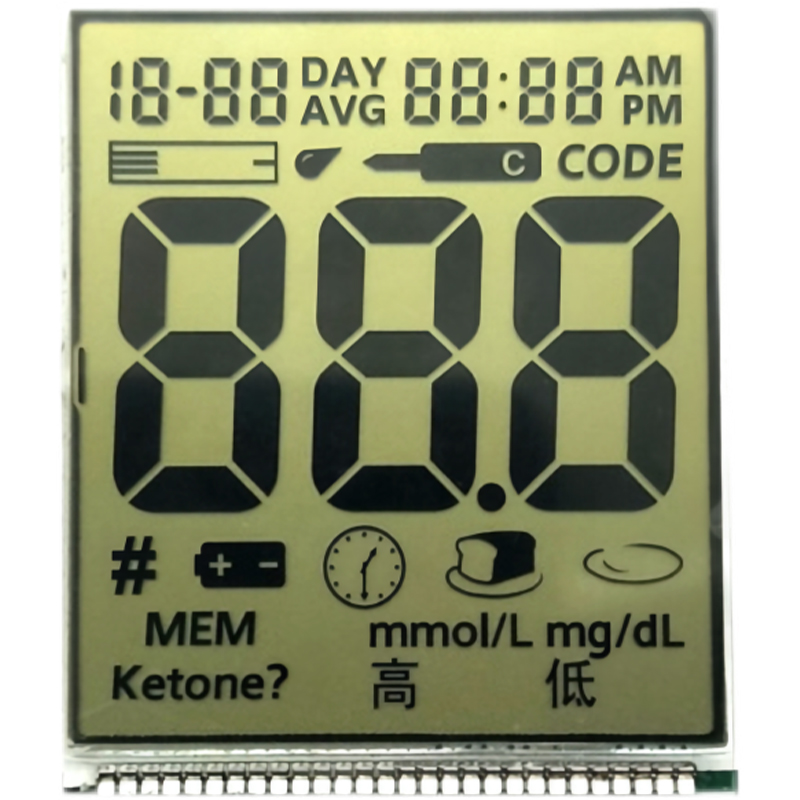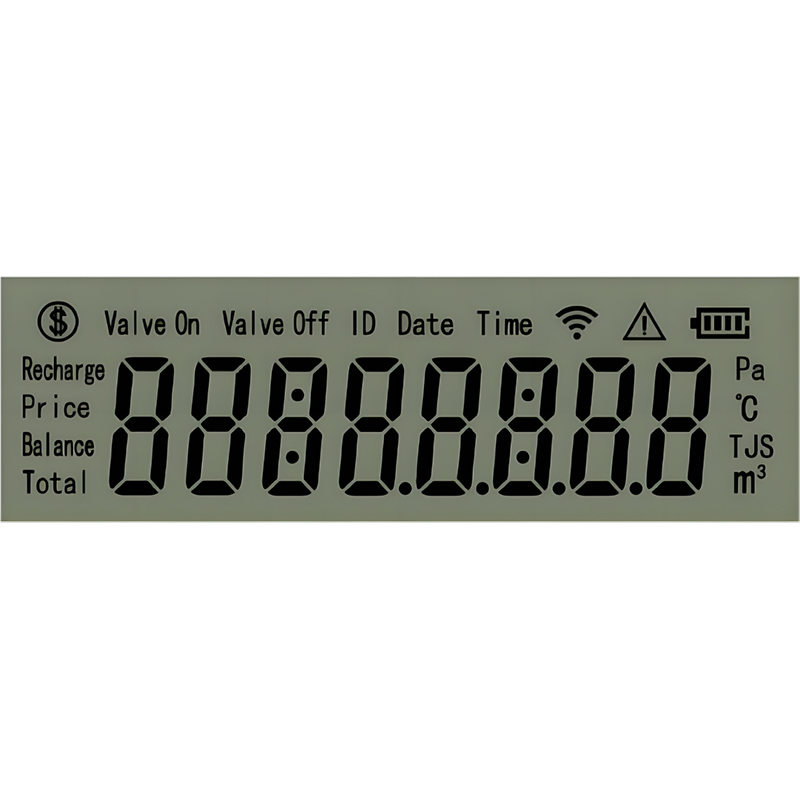
This article provides a comprehensive guide to understanding and resolving issues related to the 1602 LCD display module exit. We'll explore common problems, troubleshooting steps, and best practices for integrating this popular display module into your projects. Learn how to correctly interface with the module, interpret error messages, and optimize its performance. This guide is designed for those working with embedded systems and microcontroller programming.
The HD44780-based 1602 LCD display module is a common and cost-effective alphanumeric liquid crystal display (LCD) used in numerous embedded systems. It's characterized by its 16-character x 2-line display, simple interface, and wide availability. This makes it an excellent choice for displaying text-based information, such as sensor readings, system status, or simple menus.
The 1602 LCD display module typically operates at 5V and uses an 8-bit or 4-bit interface. The choice between these interfaces depends on the microcontroller and the desired level of complexity in the wiring. The module requires several control pins for communication, including data lines, control signals (RS, RW, E), and backlighting control. Detailed pinouts are readily available in datasheets provided by manufacturers like Dalian Eastern Display Co., Ltd. (https://www.ed-lcd.com/).
A blank screen is a frequent problem. Verify the power supply (5V), ground connection, and that the contrast is properly adjusted. Check your wiring meticulously, using a multimeter if necessary, to ensure all connections are correct. Incorrect connections, especially to the control pins (RS, RW, E), can prevent the module from functioning correctly. Faulty connections or a bad module are also possibilities. Consider testing with a known good module to isolate the issue.
If you see garbled characters, the most likely culprits are incorrect initialization sequences or timing issues. Ensure you're using the correct initialization commands for the HD44780 controller before attempting to write any text to the display. Check your microcontroller's timing and ensure it meets the module's specifications. Incorrect data being sent to the display will also cause this issue. Double check the code sending the data to the module.
A malfunctioning backlight is often due to a blown fuse or a faulty backlight connection. Check the voltage supplied to the backlight. If using external LEDs, confirm proper polarity. If the problem persists even after checking the backlight and power source, there's a chance there is a fault in the backlight itself or the module’s connection.
The 8-bit interface simplifies wiring but uses more microcontroller pins. The 4-bit interface conserves pins but requires more complex initialization and data transfer routines. The choice often depends on the constraints of the microcontroller used in your application. Consult the datasheet for your specific 1602 LCD display module to understand the implications of each interface.
Beyond displaying standard ASCII characters, you can create and display custom characters on the 1602 LCD display module. This involves loading custom character patterns into the module's character generator RAM. This advanced feature allows for creating unique symbols or icons tailored to your application's needs.
Successfully integrating a 1602 LCD display module into your project requires understanding its operation, potential issues, and troubleshooting techniques. By following the steps outlined in this guide, you can effectively utilize this versatile display for a wide range of embedded system applications. Remember to consult the datasheet for your specific module for precise details and specifications. Always double-check your wiring and initialization sequences to avoid common problems.


